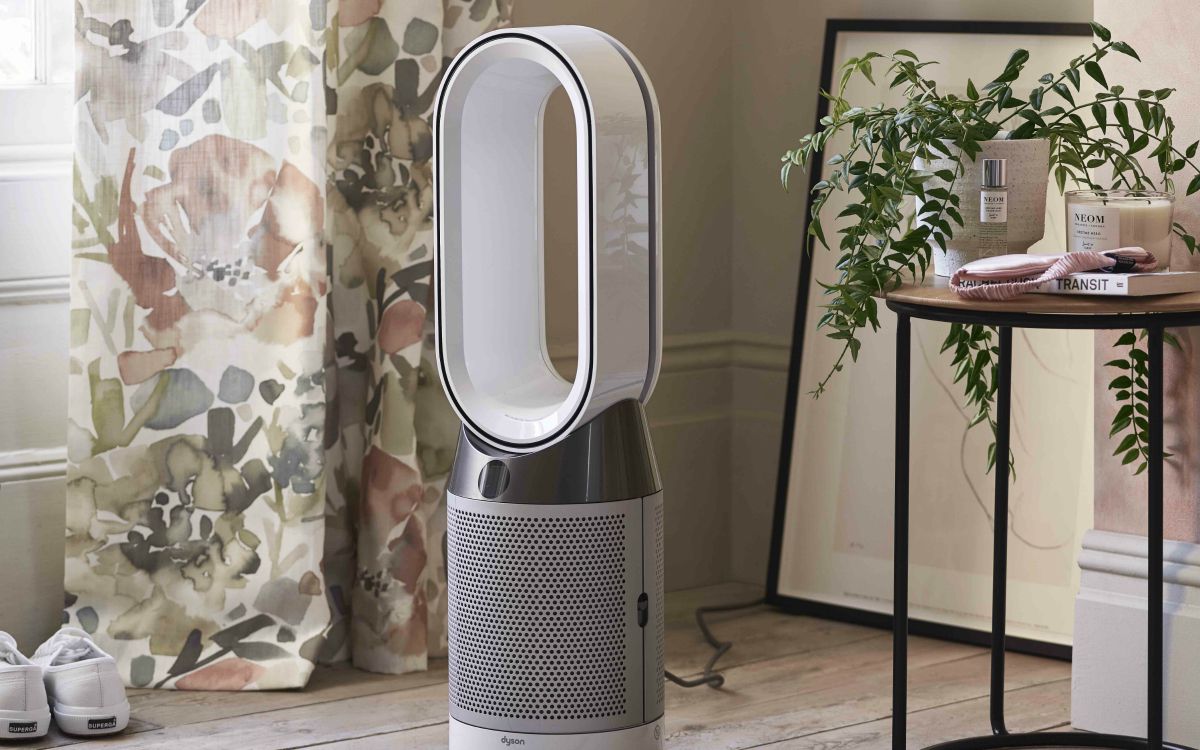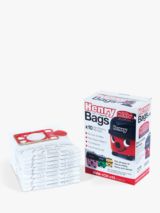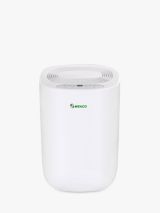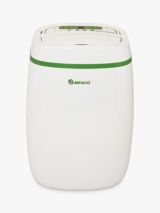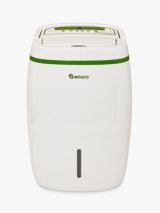Clear the air: how to cleanse the air in your home
Keep your cool and make sure your home is a clean air zone with our top tips, tricks and tech
With summer on the horizon, keeping our home environment as comfortable as possible is paramount. Once the temperature rises we can at least throw open the windows and – if we are lucky enough to have one – escape to the garden or patio. But there are other ways to maintain good air quality and stay comfortable indoors. Read on to find out how to keep your cool at home.
Pure and simple
Air purifiers filter irritating particles and toxic gases out of the air, preventing allergy symptoms while helping to future-proof your overall health. Look for home air purifiers with an HEPA (High Efficiency Particulate Air) filter to remove ultra-fine particles like dust, smoke, mould, pollen and pet dander, and an activated carbon filter to capture harmful gases. Up the ante by investing in a vacuum cleaner with an HEPA filter to remove fine particles from carpets and furniture – and remember to turn your cooker hood or extractor fan on when you cook.
Keep your cool
Feeling the heat? From powerful purifying tower fans that project more than 290 litres of smooth, purified air per second to portable purifying desk fans, the latest generation of air cleaners is designed to help you stay cool and breathe easily.
Dyson’s Pure Cool Advanced Technology Purifying Desk Fan is equipped with an activated carbon filter and a glass HEPA filter. It can also deliver air quality reports to your phone – just what you need to help you keep your cool in that all-important Zoom meeting or on a muggy summer night.
Living room starting to feel stuffy during the day, but chilly in the evenings? Dyson's Pure Hot + Cool Fan Heater Air Purifier can heat or cool a whole family room, removing 99.95% of microscopic allergens and pollutants at the same time. Nifty.
Wet, wet, wet?
If the air in your home is low on moisture, your skin, hair, nose and throat can dry out. Cue coughs, colds and allergy symptoms.
But how wet is too wet? According to experts, it’s all about hitting the sweet spot between 30% and 50% humidity. Go over 60% and mould, mildew and dust mites will thrive. This can spell bad news for your health: moulds and fungal spores release toxic chemicals that irritate the respiratory system.
If you’ve noticed water stains or black spots appearing on your walls or ceilings, or you wake up to condensation on your windows, try a dehumidifier. They suck excess moisture out of the air, putting the brakes on condensation, mould growth and damp.
Main image: Getty Images

